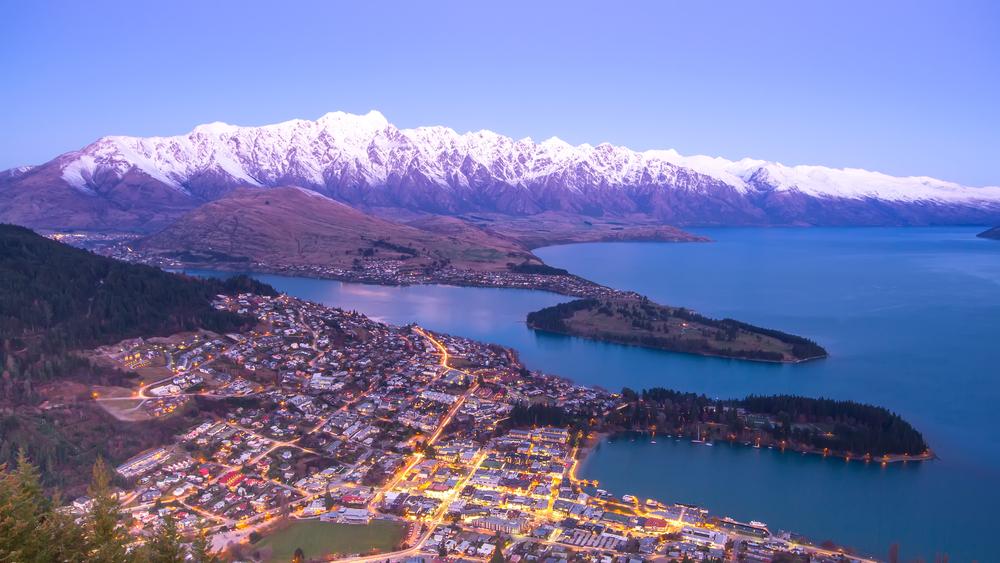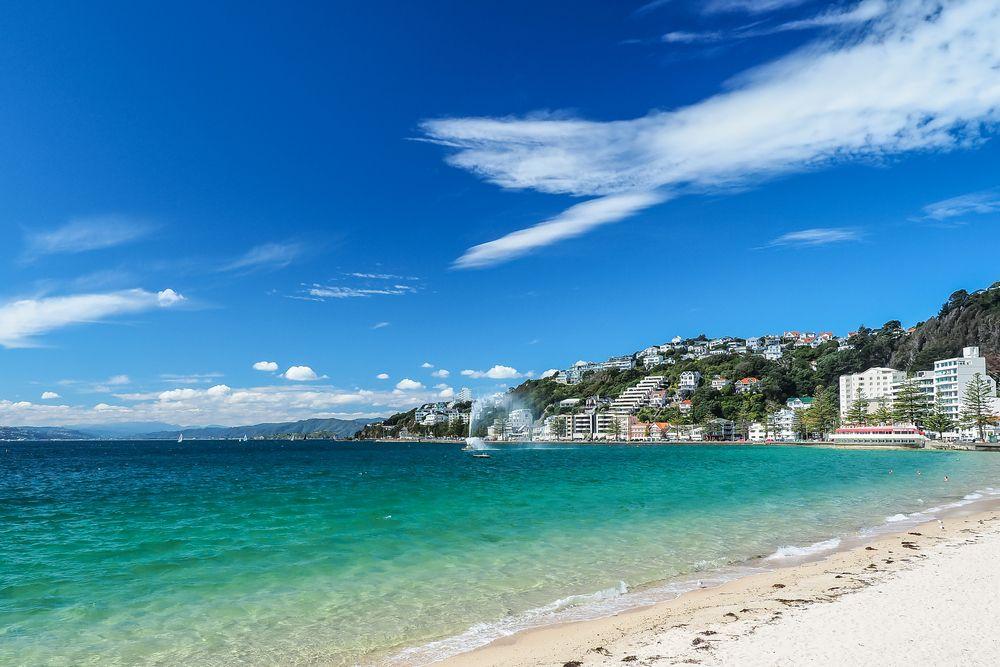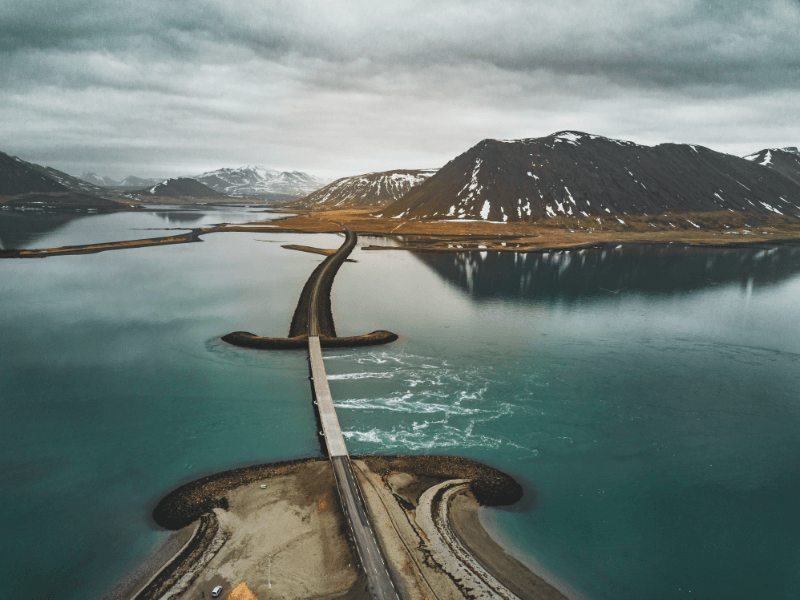The Southern Alps, a breathtaking mountain range, form the backbone of New Zealand's South Island. This article delves into the wonders of these mountains, offering insights into their geography, activities, and the best times to visit.
What are the Southern Alps?
The Southern Alps, or Kā Tiritiri o te Moana in Māori, are a magnificent mountain range that spans almost 500 kilometers across New Zealand's South Island. This range is not just a geographical wonder but also a cultural and environmental gem. It boasts diverse ecosystems and is steeped in Māori culture and history.
The Southern Alps are renowned for their rugged beauty, encompassing vast wilderness areas, and are home to Aoraki / Mount Cook, New Zealand's tallest peak at 3,724 meters, offering breathtaking vistas and a haven for outdoor enthusiasts.
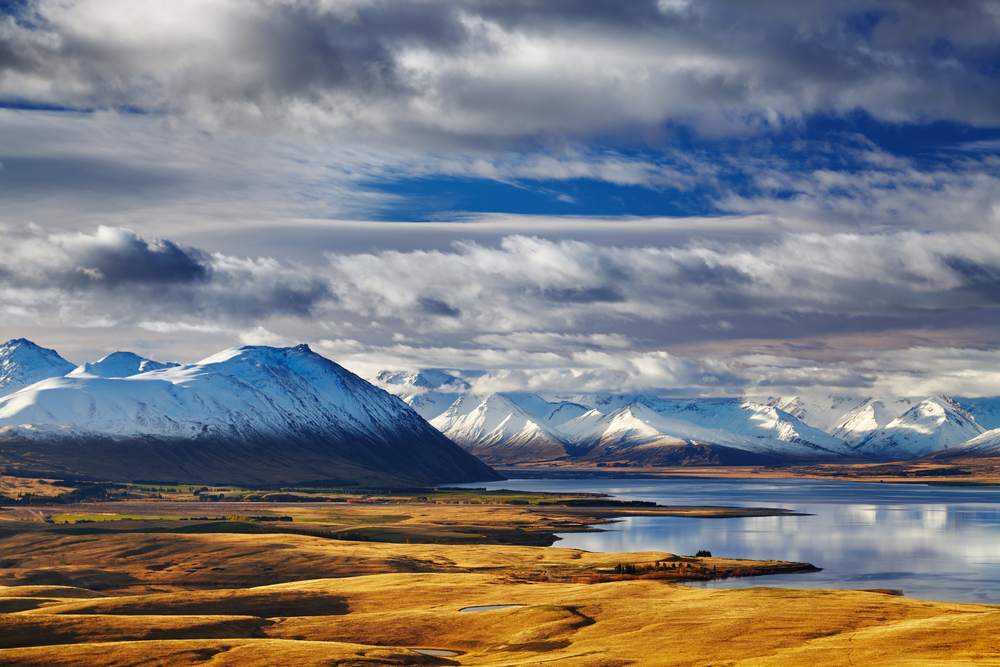
Where are the Southern Alps located?
The Southern Alps stretch majestically across the South Island of New Zealand, from the northeast to the southwest. This mountain range acts as a natural barrier, dividing the island into distinct eastern and western regions, each with its unique climate and landscape.
The Alps' presence significantly influences the local weather patterns, creating varied ecological zones. They are a central feature of the South Island, shaping its topography and playing a vital role in the island's natural and cultural identity.
What is the highest mountain in the Southern Alps?
Aoraki / Mount Cook, the pinnacle of the Southern Alps, soars to an impressive height of 3,724 meters. More than just a mountain, Aoraki / Mount Cook is a symbol of adventure and natural splendor in New Zealand.
It is surrounded by a landscape of glaciers and alpine lakes, creating a mesmerizing setting that attracts climbers, hikers, and nature lovers from around the world. The mountain's challenging terrain and stunning beauty make it a bucket-list destination for many outdoor enthusiasts.
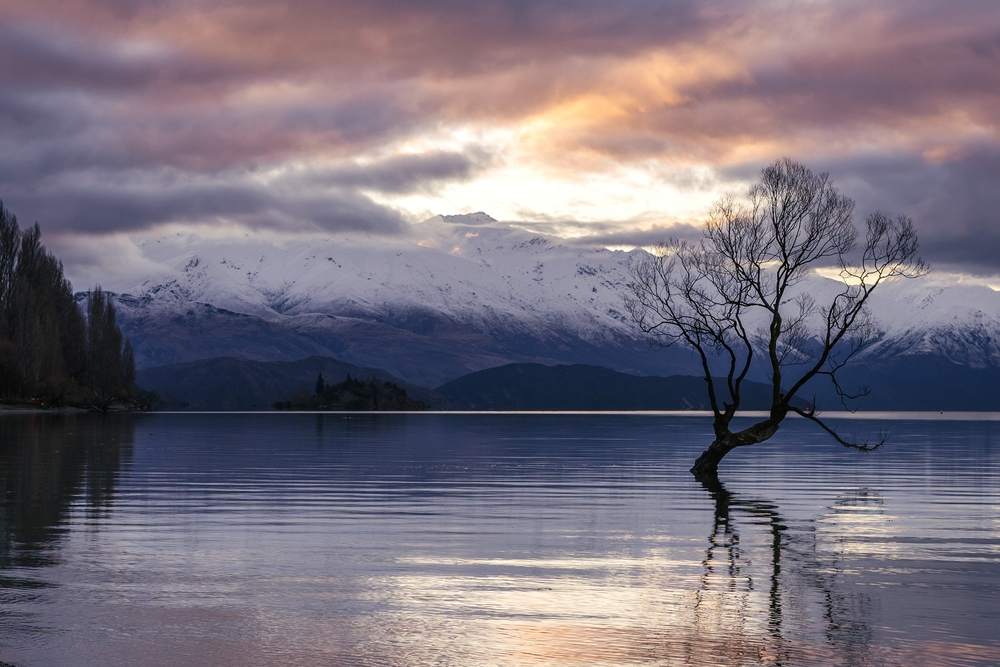
What are some of the most popular activities to do in the Southern Alps?
Hiking and Trekking
The Southern Alps offer a plethora of hiking and trekking opportunities, ranging from serene walks through lush valleys to challenging ascents up rugged peaks. Each trail promises breathtaking scenery and a chance to connect with nature.
Skiing and Snowboarding
Winter transforms the Southern Alps into a haven for skiing and snowboarding. With world-class slopes and pristine snow conditions, enthusiasts of all levels can enjoy exhilarating runs against a backdrop of stunning alpine vistas.
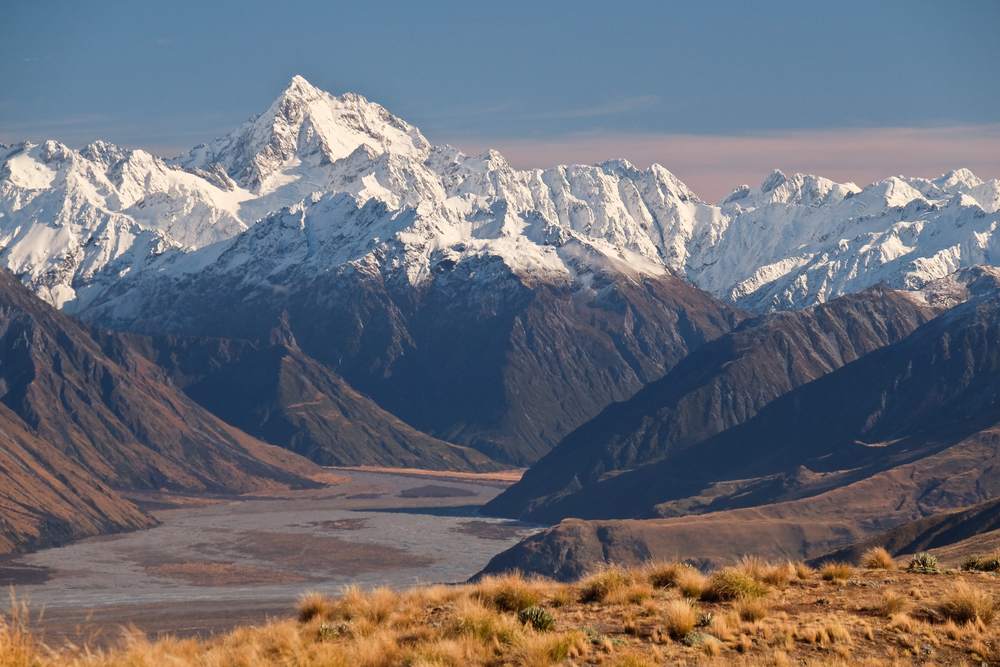
Glacier Tours
Embark on a glacier tour to experience the timeless beauty of the Southern Alps' ancient ice formations. These guided tours provide a unique opportunity to walk on glaciers, exploring crevasses and ice caves in a surreal landscape.
Scenic Flights
Scenic flights over the Southern Alps offer an unparalleled perspective of their grandeur. Soar above towering peaks, glacial valleys, and alpine lakes, capturing the essence of the range's majestic beauty from the sky.
Wildlife Watching
The Southern Alps are a sanctuary for diverse wildlife, including unique alpine flora and fauna. Wildlife watching here allows you to encounter rare species in their natural habitat, from colorful alpine flowers to the elusive kea, the world's only alpine parrot.
What is the best time of year to visit the Southern Alps?
Visiting the Southern Alps is a year-round adventure, each season offering its unique charm. Winter, from June to August, transforms the Alps into a snowy paradise, ideal for skiing and snowboarding. Summer, from December to February, provides perfect conditions for hiking and exploring the alpine landscapes.
Spring and autumn are less crowded, offering a peaceful experience with mild weather and the natural beauty of the changing seasons. Each period presents a different facet of the Alps, making them a versatile destination for all types of travelers.
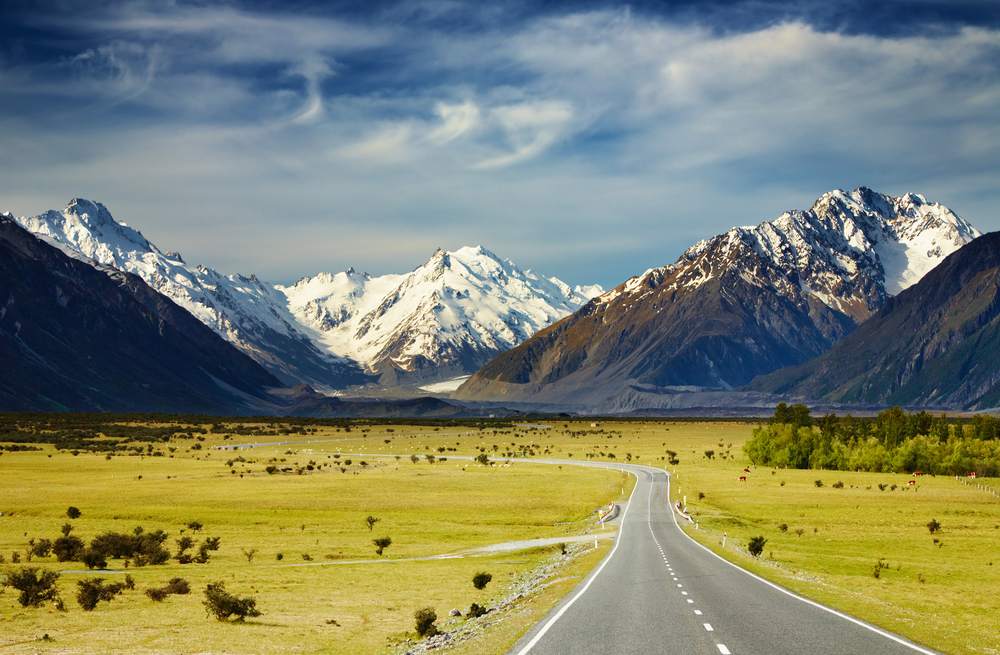
Geography and Climate
The Southern Alps are a testament to the dynamic forces of nature. They lie along a geological plate boundary, part of the Pacific Ring of Fire. This positioning not only shapes the mountains' rugged terrain but also contributes to the diverse climate across the range. The western side receives heavy rainfall, supporting lush forests, while the eastern side is drier, with unique tussock grasslands.
Conclusion
The Southern Alps of New Zealand are more than just mountains; they are a symbol of natural beauty and cultural heritage. Whether you're an avid adventurer or a nature enthusiast, these mountains offer an unforgettable experience. Embark on a journey to the Southern Alps and discover the heart of New Zealand's South Island.

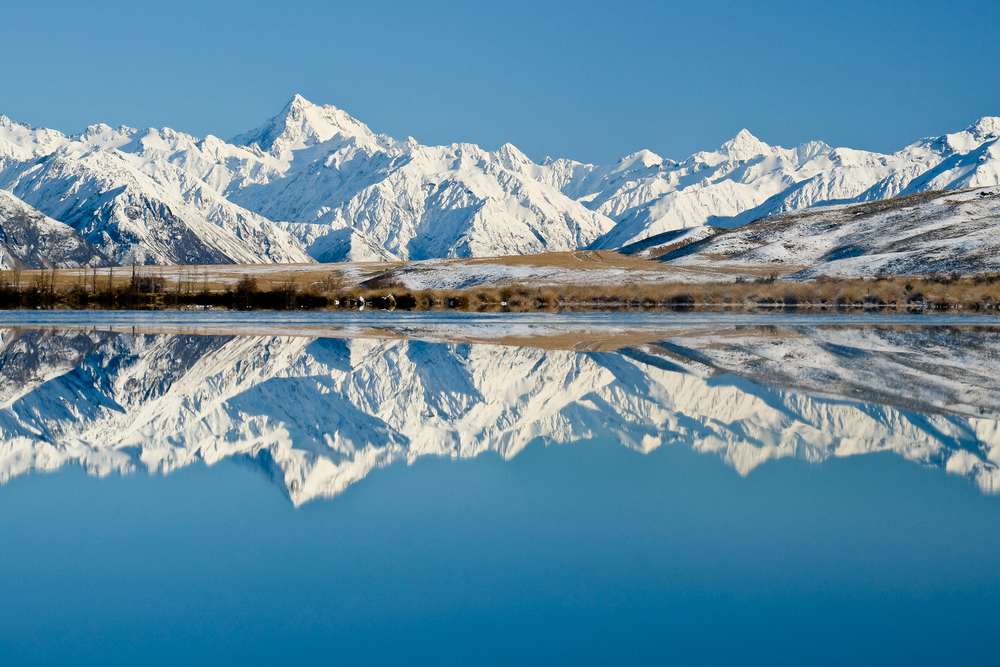
 By
By



